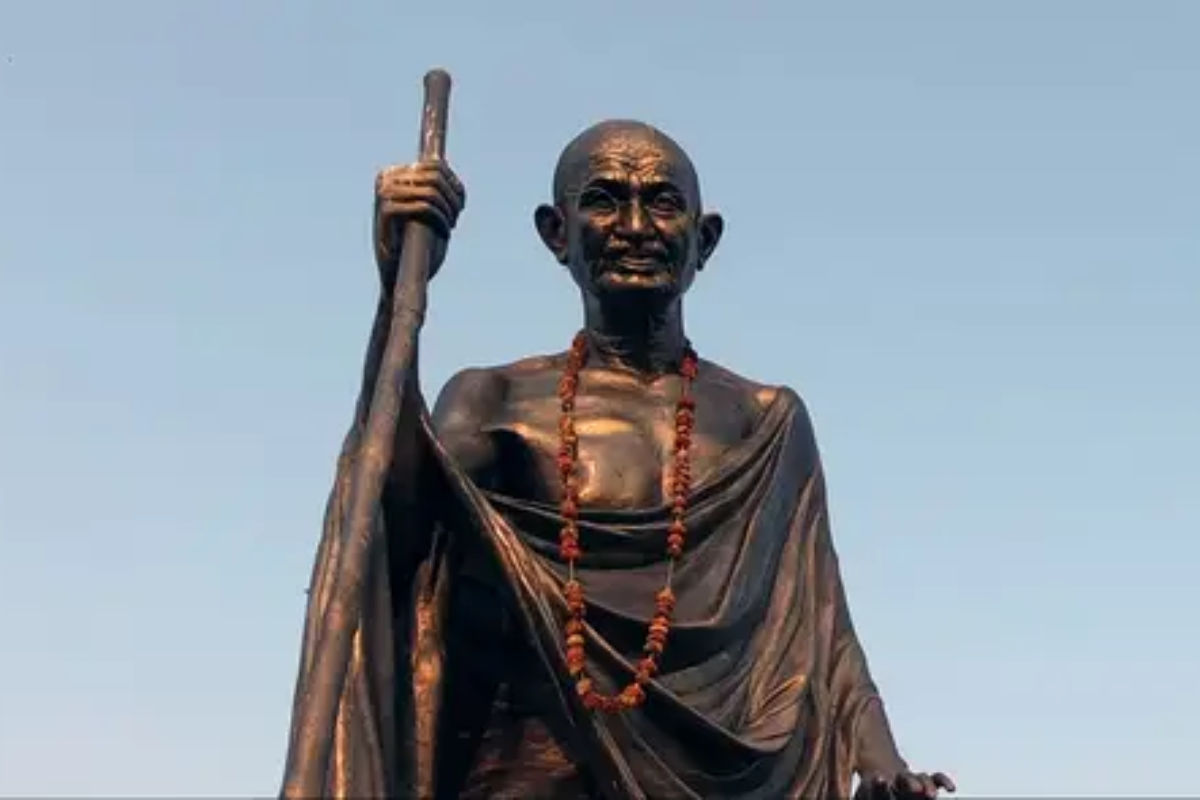The world will celebrate Mahatma Gandhi’s 153rd birth anniversary this year on October 2. In India, this day is dedicated to the ‘Father of the Nation’, as people celebrate his legacy of peace and non violence.
Who was Mohandas Karam Chand Gandhi?
Mohandas Karam Chand Gandhi was born in 1869 in Porbandar, Gujarat to Karam Chand Gandhi and Putlibai. He shares his birthday with another great Indian freedom fighter, Lal Bahadur Shastri, who was born in the year 1904. Gandhi’s father died when he was 15 years old, and his mother remained a great influence on his life. Her spiritual teacher was a Jain devotee, and one of the teachings of Jainism is ‘ahimsa’. This teaching was perhaps the most significant ideology of Gandhi.
Also Read| 5 Bollywood films to watch on Gandhi Jayanti 2021
He went on to study law in England and later practiced law in South Africa, where he assisted on a lawsuit. This episode in Gandhi’s life cemented him as a great leader, as he protested against racial apartheid in South Africa. He organised the Indian population living there with efforts to end the discrimination that they faced by the British.
Gandhi’s ideology was based on peace and non violence. He organised Satyagrahas, which literally means truth seeking, in South Africa and later in India. They were a nonviolent way of protest. One basic principle of Satyagraha was the idea of Non Cooperation, as Gandhi believed that the day people refuse to cooperate with the British, that would be the end of British rule.
Also Read | Gandhi Jayanti 2021: Know Bapu’s key movements against British Raj
Gandhi was able to galvanise Indians through his famous Dandi March, which was organised in 1930, and later in the Quit India Movement in 1942 which was one major event that led to the Independence of India from colonial rule.
Gandhi was assassinated by Nathuram Godse, a fanatic who believed that Gandhi was the root cause of the partition of India. Gandhi was assassinated on January 30 1948 at the age of 78 in the compound of Birla House, which later became Gandhi Smriti.







